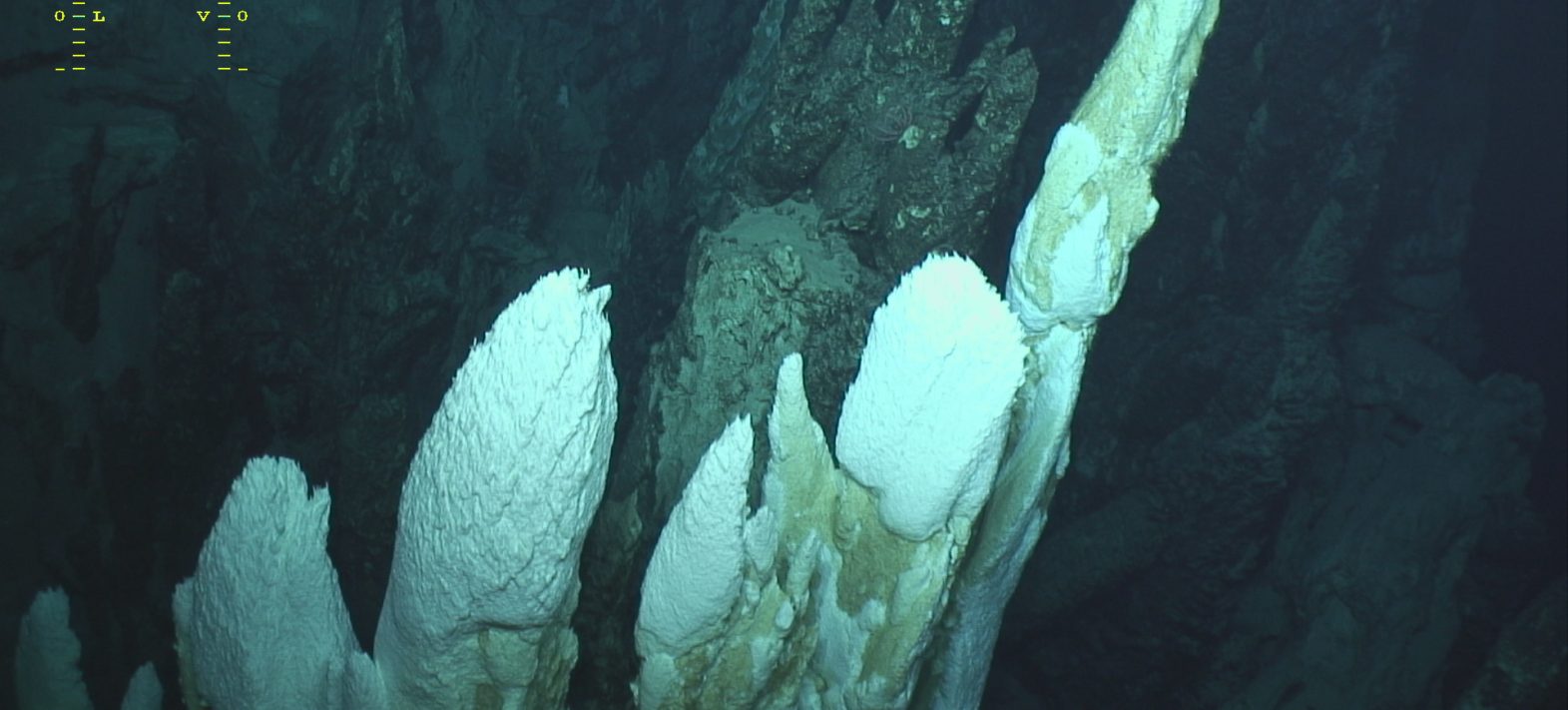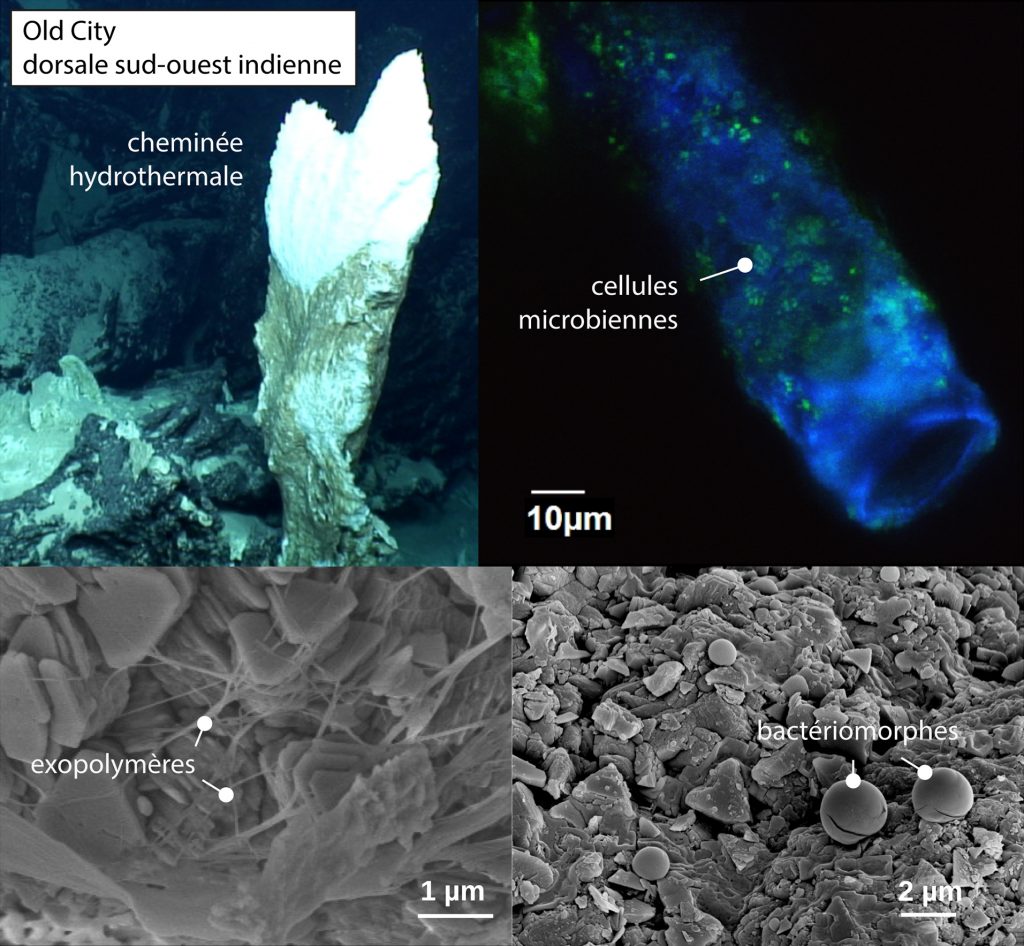First description of the microbial communities of the Old City alkaline hydrothermal site, South-West Indian Ridge
A study led by IPGP scientists describes for the first time the microbial communities of the Old City alkaline hydrothermal site (southwestern Indian Ridge). Old City is the second such site on the planet (after the Lost City site discovered along the Mid-Atlantic Ridge in the early 2000s). This study therefore opens up promising prospects for understanding the environmental parameters that shape life in these hydrothermal systems associated with serpentinization of mantle rocks, and the processes of abiotic organic synthesis in oceanic rocks.

Publication date: 10/12/2020
Press, Research
Related teams :
Lithosphere Organosphere Microbiosphere (LOMs)
Related themes : Origins









